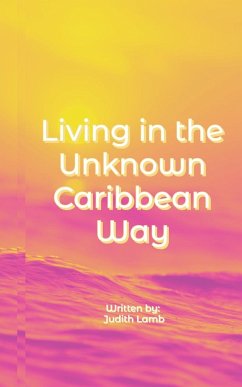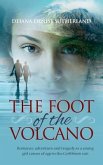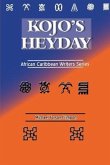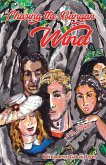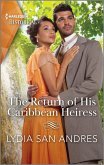Living in the Unknown, Caribbean Way (Fictional Story) is about Esther who leaves the island of Saint Vincent in 1956; to build a better life after losing her husband after a horrific murder on the island. Her aim was to further her career in nursing to support her family... Meanwhile, she leaves her daughter Margaret to be brought up by her parents. However, Margaret was left on the island to face many dilemmas of her own, after her mother Esther left for England. Eight years later Esther sent for her daughter Margaret after getting remarried. Esther and Margaret suddenly realise Living in the Unknown (England) was not all they dreamt of whilst living on the Caribbean island of Saint Vincent. This story is inspired by true events focusing on the Windrush Generation from racial to psychological dilemmas. Margaret eventually finds the reggae scene and the London clubs (All Nations etc) are her only escape from life demeanors.
